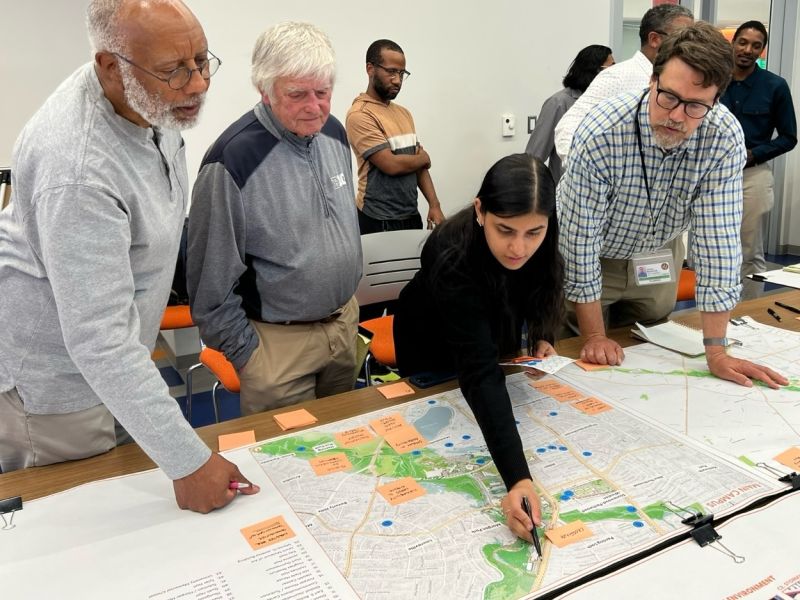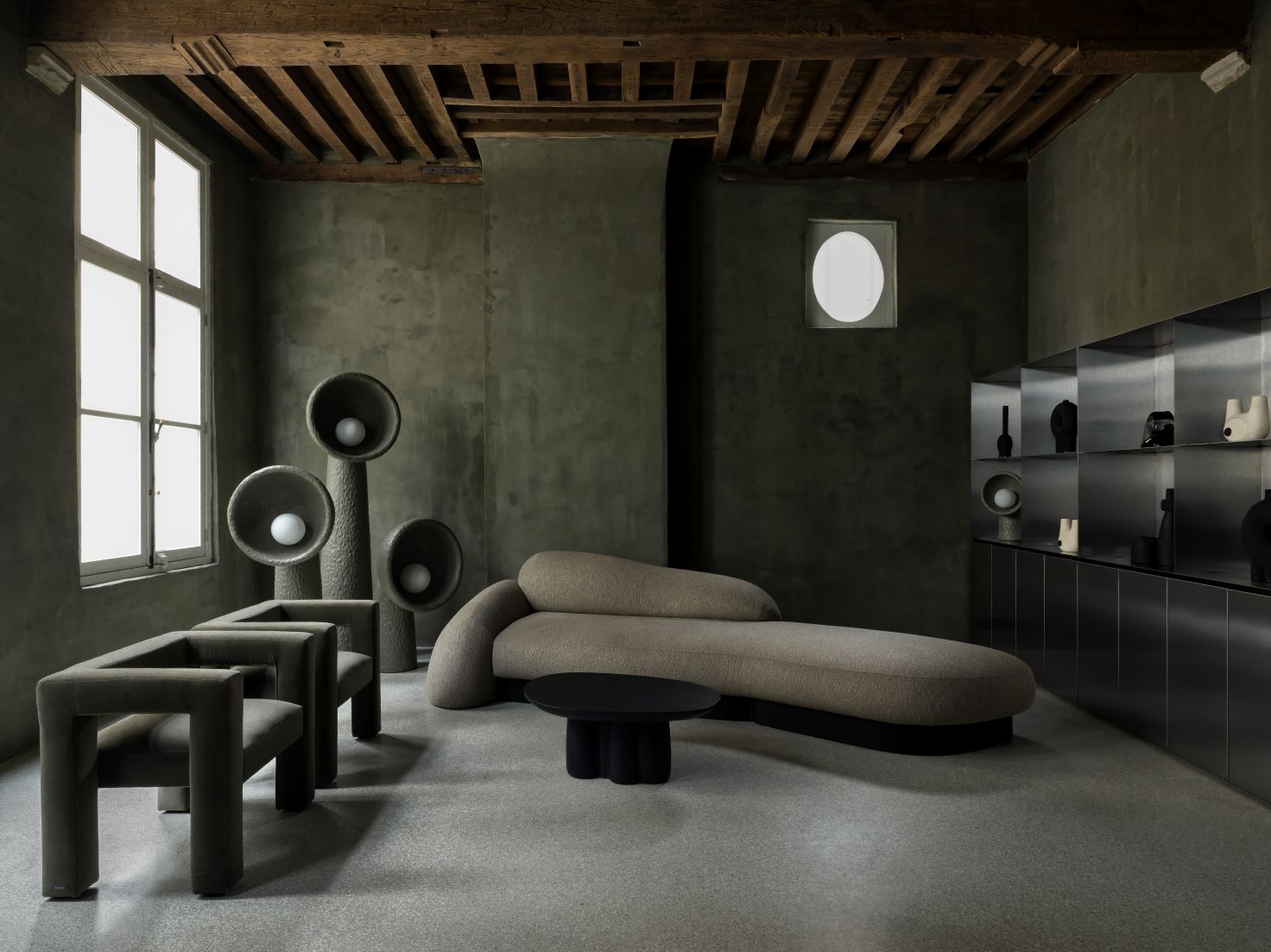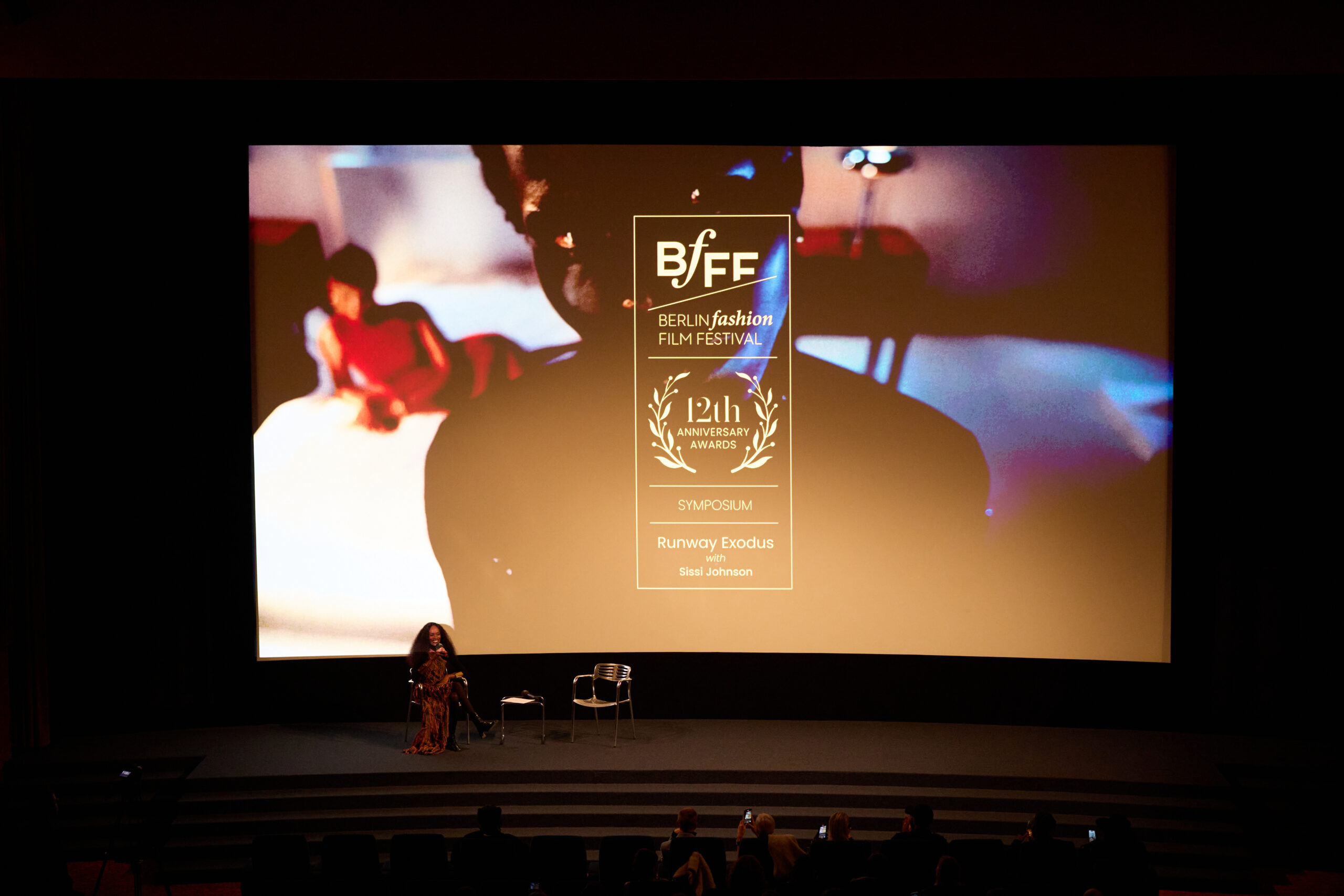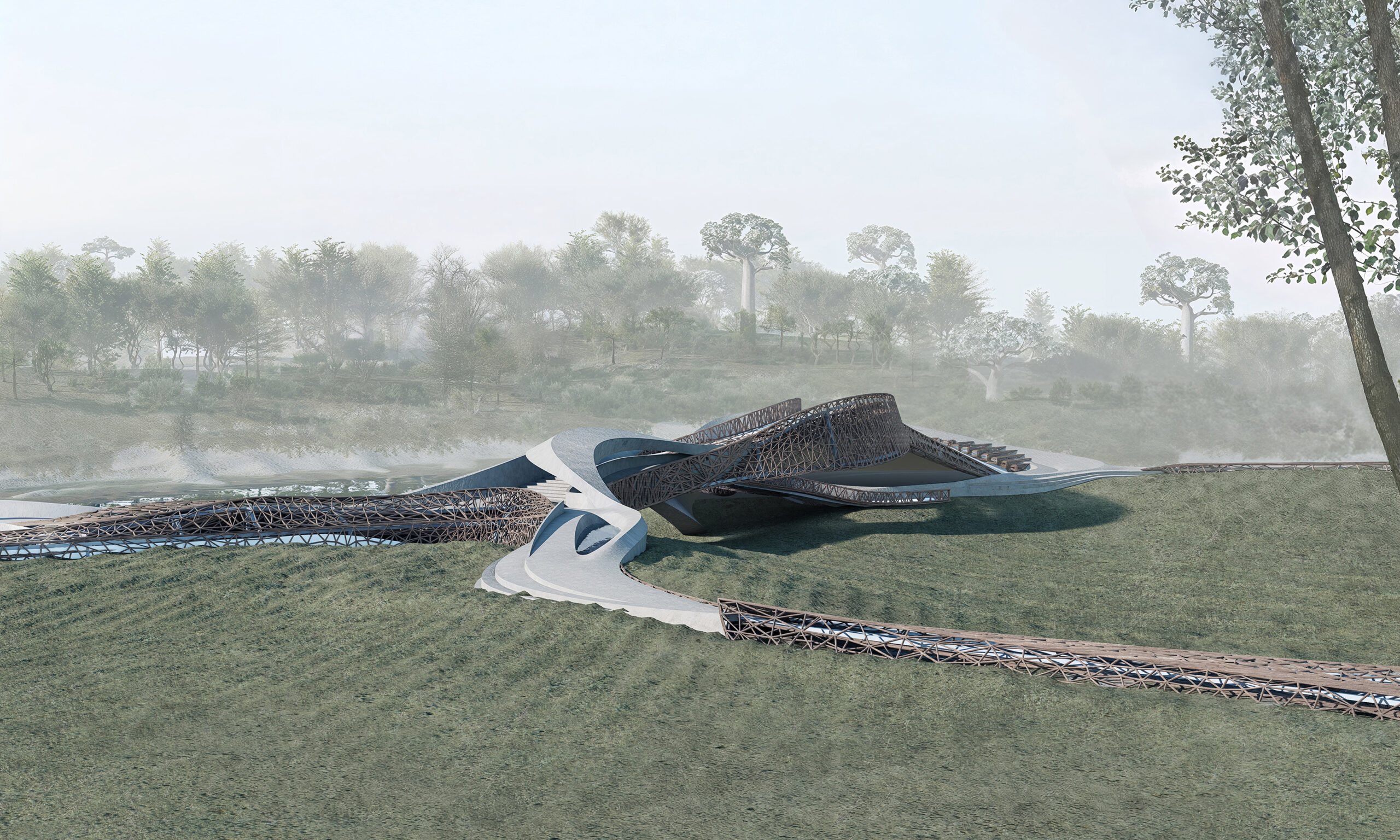Architect, urban designer, and data strategist Mona Vijaykumar works at the point where design becomes a catalyst for cultural, ecological, and technological transformation. As an Associate Urban Designer at Perkins&Will Boston, she leads campus, city, and district-scale projects that rethink how environments can support both people and the planet. Her global portfolio, from the United States to India and the Middle East, reflects a practice grounded in systems thinking, community insight, and regenerative design. With recognitions including the SCUP Excellence in Planning Award and the BSLA Merit Award, Mona brings a clear, future-focused voice to conversations about resilience, equity, and the evolving role of design.

Your career covers architecture, urban design, and data strategy across several continents. What has been the most defining pivot moment in your journey so far?
The most defining pivot in my journey was realizing that design’s true power lies beyond buildings and aesthetics. It lies in shaping systems that sustain both people and the planet.
During my time at MIT, I worked on interdisciplinary projects that bridged design, data, and social innovation to drive climate and community impact. Translating research into spatial and analytical frameworks reshaped my understanding of design from creating form to cultivating systems of care. That insight continues to guide my work today, where I lead initiatives that connect regenerative design, climate resilience, and inclusive community engagement. For me, meaningful design begins with listening deeply, revealing unseen patterns, and co-creating with those most affected by change.
You have led projects across geographies, including the United States, India, and Japan. How does working in different cultural and ecological contexts influence your design methodology?
Working across cultures has profoundly shaped how I design. Moving between contexts has felt less like shifting identities and more like weaving them together, with each place adding a new layer to how I understand people, ecology, and place.
In India, I grew up surrounded by a deep sense of community and resourcefulness that taught me how creativity thrives within constraints. In Japan, I learned the quiet discipline of design and the value of precision, patience, and humility. In the United States, I found the freedom to experiment, to question, and to lead through collaboration.
These experiences coexist rather than replace one another. Whether designing a campus, a neighborhood, or a regional plan, I begin by listening to the culture, the climate, and the land. I then translate that understanding into strategies that balance global knowledge with local identity and context.

Designing for campuses, institutions, and urban systems adds a layer of complexity beyond conventional architecture. How do you create environments that serve both people and long-term functionality?
I see campuses and cities as living systems rather than static plans. They evolve continuously, shaped by social behavior, academic growth, and ecological processes. My design process starts with mapping how people move, gather, and interact across a site and aligning those insights with environmental systems such as water flow, vegetation, and topography.
In many of my projects, the focus has been on revitalization rather than expansion. By restoring natural ecologies, reprogramming existing infrastructure, and integrating flexible spaces for learning and collaboration, we make places that can evolve over time. The measure of success is not just how a space looks on day one but how relevant and resilient it remains for generations to come.
Data is a powerful design tool when used well. Can you share a moment when data completely shifted your approach or revealed something unexpected?
In one of our large-scale campus planning projects, data transformed the way we approached space management and long-term sustainability. By integrating spatial utilization studies with GIS mapping and predictive analytics, we discovered that the campus had nearly a million square feet of underutilized space, even though it was widely perceived to be at capacity.
At the same time, behavioral mapping and engagement surveys revealed deeper social patterns. For example, men and women experienced the same spaces very differently—areas that some described as quiet or peaceful were often perceived by others as isolated or unsafe.
These insights reframed how we defined both efficiency and value. Rather than focusing on expansion, the strategy shifted toward right-sizing existing buildings, introducing adaptive reuse policies, and enhancing open spaces that foster safety, equity, and belonging. The results included significant reductions in operational costs, a smaller carbon footprint, and improved daily experience for the campus community.
This experience reinforced for me that data is most powerful when it is humanized—when it connects quantitative insight with lived experience to create environments that perform better for both people and the planet.
Climate resilience appears in your work not as an add-on but deeply integrated into systems thinking and placemaking. What does true resilience look like to you in the built environment?
To me, true resilience is not about resistance but about regeneration. It is when buildings, landscapes, and communities actively repair the systems they depend on. A resilient environment captures and reuses water, generates its own energy, cools its microclimate through tree canopy and material choice, and restores biodiversity.
Yet resilience is also social. It is about designing spaces that foster belonging, mutual care, and well-being. In my projects, resilience is an ongoing process, not a checklist. It is a culture of stewardship where design is both an ecological and ethical act of renewal.

How do you balance the needs of present-day communities with the adaptability required for a future-proof design?
Balancing today’s needs with tomorrow’s uncertainty begins with empathy and foresight. I start by understanding how communities live, learn, and connect today, and then layer that knowledge with data about climate change, demographic shifts, and new technologies.
Rather than design fixed solutions, I create frameworks that can evolve. Adaptable landscapes, modular buildings, and multi-purpose spaces allow communities to reconfigure their environments as their needs change. Future-proofing is not about predicting the future; it is about building flexibility and care into every decision so that places can adapt gracefully to whatever comes next.
You have won several awards for projects rooted in systemic problem-solving. How do you communicate the value of invisible design, the kind that is felt rather than seen?
Invisible design is where real impact lives. It shows up in the comfort of a shaded courtyard, the calm of intuitive wayfinding, or the quiet efficiency of a restored watershed that prevents flooding. These elements may not always be visible, but they define how people experience and remember a place.
I communicate their value by combining stories and metrics. When we demonstrate that design improves mental well-being, restores biodiversity, or reduces energy demand, it becomes clear that beauty is both functional and emotional. The most successful spaces do not compete for attention; they make everyday life flow with ease.
As a BLT jury member, what excites you in the next generation of architects and designers? What ideas or qualities do you hope to see more of in future submissions?
I am inspired by BLT project entries who blur boundaries and see architecture as part of a larger ecosystem that includes policy, technology, ecology, and culture. The next generation brings a clarity of purpose that feels both urgent and hopeful.
I hope to see more projects that measure success by impact rather than image. The best work today restores instead of extracts and invites participation instead of exclusion. It embraces empathy, experimentation, and systems thinking. What excites me most is seeing young designers recognize that creativity and responsibility are not opposites but partners in shaping a more regenerative world.









